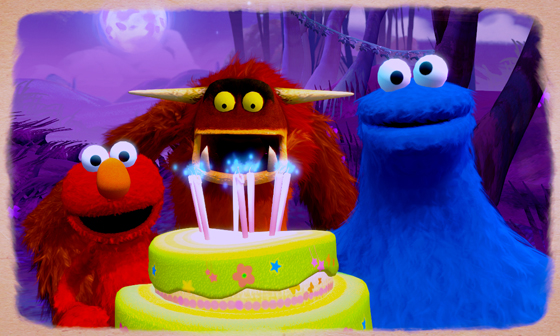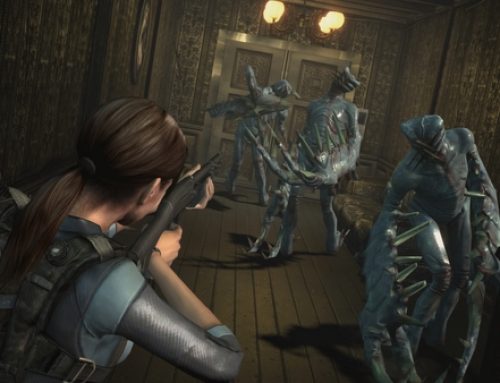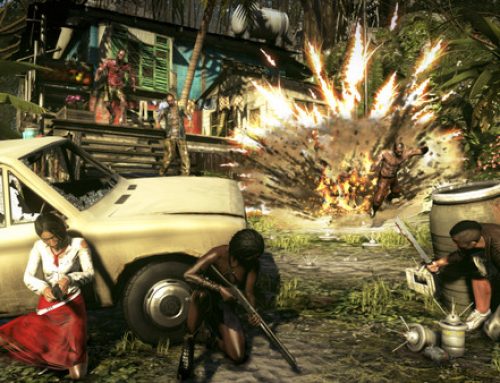
Double Fine Productions' "Once Upon a Monster" is best played by a tandem that includes one small child and one adult or older sibling.
Maybe I’ll change my mind if I have kids of my own some day, but video games aimed at young children seem to nearly always miss the mark. They either feel like mindless entertainment designed to sell a product or popularize a TV show, or they make a ham-fisted attempt to educate while forgetting that playing games is supposed to be “fun.”
If anyone can solve this conundrum, though, it’s the minds behind “Sesame Street.” As a TV show, the PBS juggernaut is probably better than any other at engaging kids’ minds with useful lessons while never sacrificing its ability to entertain. That’s why I’m eager to keep an eye on “Sesame Street: Once Upon a Monster,” a collaboration between Sesame Workshop and San Francisco-based Double Fine Productions.
“Once Upon a Monster,” which I saw at a recent preview event in San Francisco, is tailored toward a tandem of one young child and one parent or older sibling. Like “Sesame Street” itself, it seeks to educate, though not through teaching the ABCs. Instead, a representative from publisher Warner Bros. explained, it teaches the importance of cooperation, or how to be a good friend.
This plays out in one early-game level I watched in which Elmo and Cookie Monster come across Marco, a new monster created for the game. Marco is sad because it’s his birthday, but nobody came to his party. So Elmo and Cookie set about throwing Marco the best birthday party they can. While Cookie goes off to prepare, Elmo and Marco go on a run through the Electric Jungle, one of Marco’s favorite places.
The smaller Elmo rides on Marco’s shoulders. In co-op mode, one player is responsible for Marco’s running and jumping, while the other handles Elmo, collecting fruit and keeping him safe from low-hanging branches. And if Elmo’s head smacks into the boughs or Marco fails to time his jump properly, the game just keeps on going. The game’s audience of sometimes-clumsy youngsters won’t be punished for their failures as long as they keep trying.
After the run through the jungle, Elmo and Marco reunite with Cookie Monster, who has rounded up Grover. The next part of the game, which I got to try, was a “Dance Central”-inspired minigame in which the monsters followed the lead of Grover, dressed in a “Saturday Night Fever”-style white tuxedo. Even though I’m terrible at dancing-based games and was asking the developers questions while trying to dance, I was able to get through the chapter with ease.
Though I think “Once Upon a Monster” has a lot to offer its intended audience of young child and parent, its relative ease probably means it’s not going to be the video game equivalent of a “kids movie for adults,” and some of its Kinect-based gameplay is already being done in titles aimed at adults. But that’s fine. We grown-ups have plenty of other games we can play.



